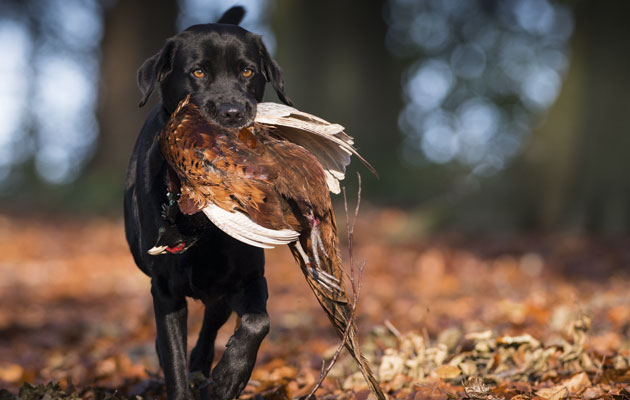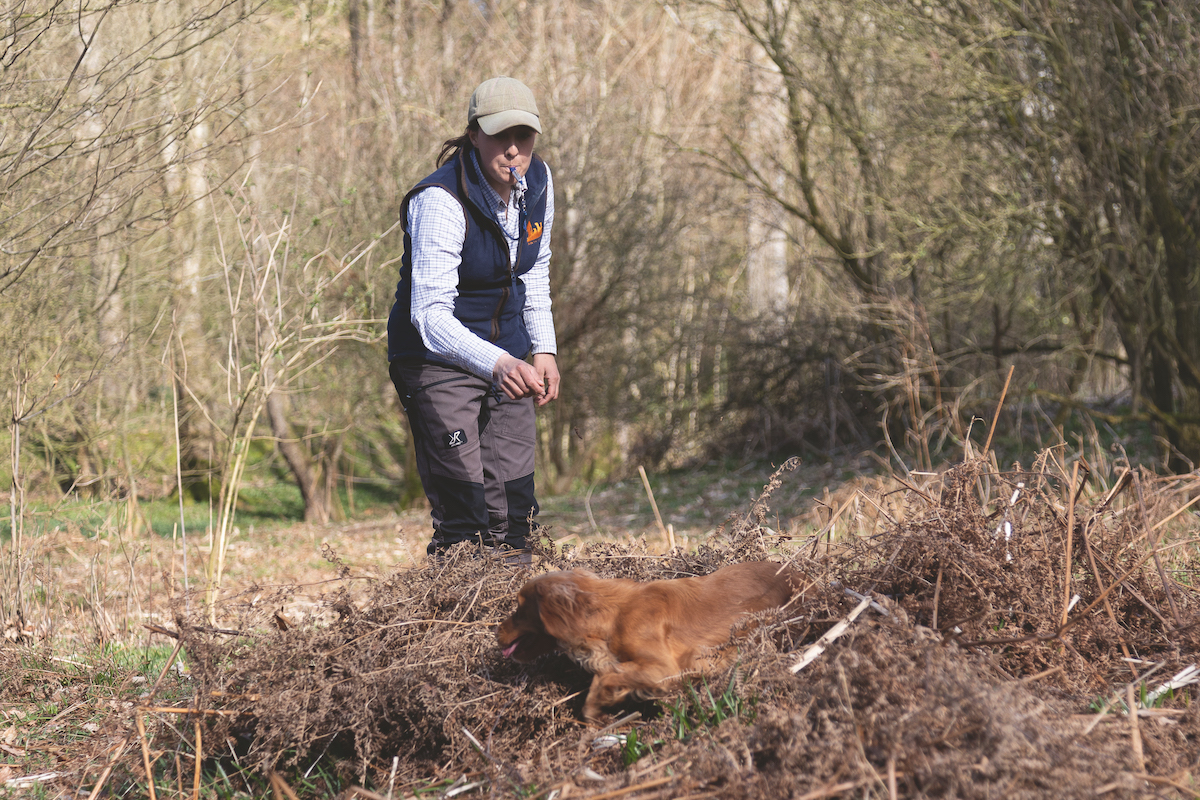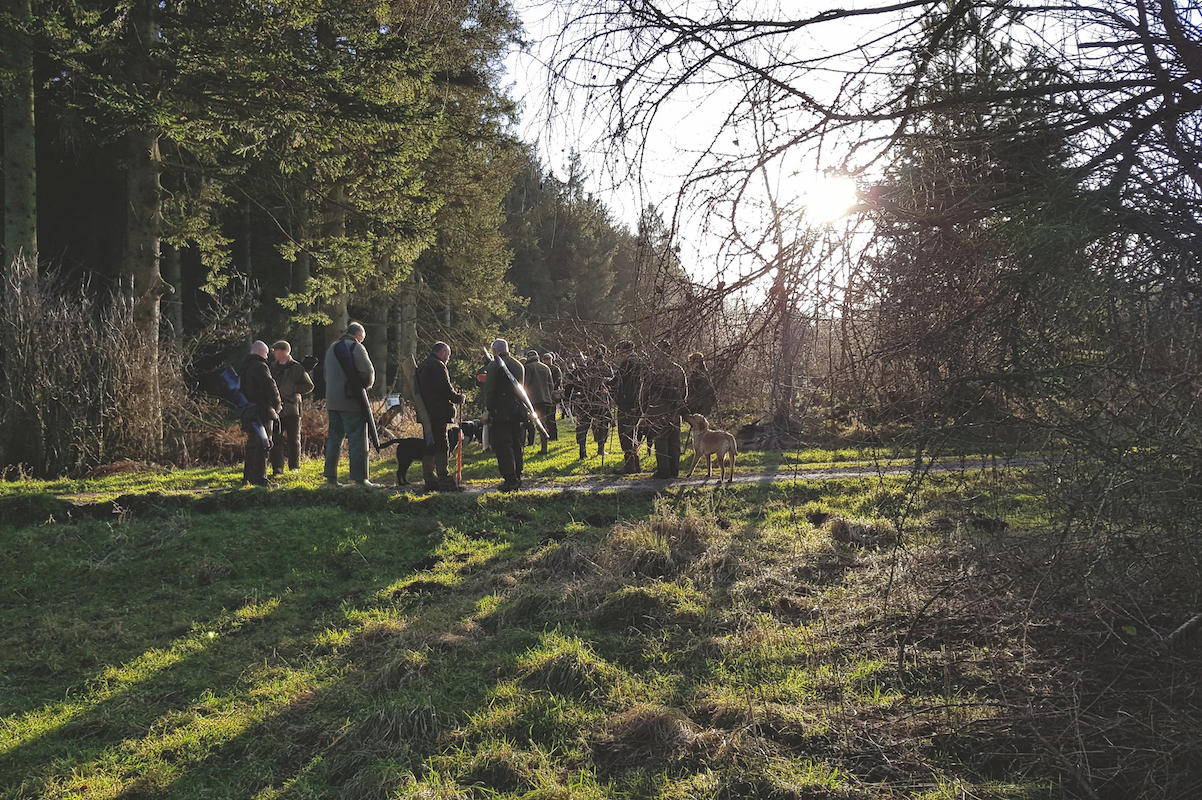Memory work in gundog training
A good memory is one of a gundog's greatest virtues, so why aren't we giving it more priority? Graham Cox reports.

Even if we weren’t before we’re certainly big into memory now. Hard on the heels of last year’s Great War remembrances we have the Magna Carta and Waterloo, to say nothing of the 70th anniversary of the liberation of Auschwitz: which many will feel more keenly than the others.
When it comes to our retrieving gundogs, though, we are increasingly, it seems, giving memory short shrift: strange because it is surely one of the great virtues of a really effective shooting companion. Moral priorities do, of course, decree that natural game finding is of first importance and there are good reasons why judges should have it principally in mind when they are assessing work in field trials and the various other competitions. It hardly needs adding the ability to handle a dog into a position where it can use its game finding skills is a vital accomplishment, rather than some fancy adornment which is surplus to core requirements.
No wonder H.W. Carlton, writing over a century ago when field trials were in their infancy, claimed work in trials is only ‘work in the field brought more nearly to a state bordering on perfection’. Certainly the ability to cast a dog some distance for game it has not necessarily seen fall and the ability also to stop and redirect it if necessary is a great boon. Moreover, such qualities are widely recognised and given their due deserts in the competitive sphere.
There’s also, however, the small matter of getting game into the bag with a minimum of fuss: and that’s where memory comes in. Why? Well, because it so often makes handling unnecessary. And for the gun at a driven shoot there’s unlikely to be any quality more enthusiastically valued than the ability to mark and remember the falls of three or more birds, such that when the time comes to send the dog, all that’s needed is an indication of direction and the rest of the operation takes care of itself
Memory is a valuable skill
We must never lose sight of the connection between field trial competition and the priorities of the shooting field, so it’s a skill I always make a point of noting and valuing. That’s why, perhaps, when I look back over the years and recall work that has etched itself into my memory, the collection of runners of course features strongly. But so, too, does work which any gun would relish for its sheer efficiency and absence of any need to intervene in the process.
In the 1988 IGL Retriever Championship at Great Livermere, for instance, as the line walked the piled straw of a carrot field a multiple flush saw two birds and a hare shot in front and another bird behind. The first two dogs sent took some time, accompanied by much whistling, to find the bird behind and one of those in front. So, when the third dog to be sent, Alan Rountree’s FTCh Tasco Dan, went unerringly to the fall of the other bird in front, one knew it was evidence of marking of the highest order. More than that, it was a sure indication of an ability to memorise a complex sight picture and know which elements of it had been altered by the work the dog had patiently watched before being sent. It was classic retriever work, involving brains and natural game finding, even though the collection of a wounded bird was not involved.
Such priorities are amongst those I have sought to underline in The Gun’s Dog (Pernice Press 2014). Indeed, it’s hard not to mention marking in the same breath as memory for the two are certainly inextricably connected. Any dog that can hold its mark, or better still a number, before being sent to retrieve looks a class act. Far from being obsessed with the last thing it has seen it calmly adds each new element to its picture of what has happened and waits for instruction as to what it has to do first.
Memory work in gundog training
It’s easy to suppose marking and memory are natural qualities that develop with experience. That’s true, but it doesn’t mean there’s nothing that can be done to nurture those abilities. We can work on such abilities and it’s work that can pay huge dividends. Memory work involves introducing delays into sequences with which the dog is already familiar.
Once the dog is doing marked retrieves confidently, introduce longer time spans before sending it. Then you can throw another dummy behind you and collect it before sending the dog for the first thing thrown. You’re making progress when you can throw two retrieves in front and send another dog – if training two dogs – for one before sending your dog for the other: or, if alone, collecting one yourself first.
It’s excellent steadiness training because your dog will get used to watching you or other dogs before being sent. The key is to vary the pattern, seeking always to subvert your dog’s expectations. Send it for the second retrieve thrown rather the first; or, perhaps, throw two in front and one behind which you collect yourself before sending the dog for the forward marks in sequence. Varying distance and delay means the possibilities are endless and you are seeking to develop in the dog its ability to digest what is going on while being relaxed about its duties.
Building delay into work is something we need to keep ever in mind for, whilst there will be times when you want to get your dog onto something with as much despatch as possible, more often than not it is the dog that will wait while something else happens before going about its work in an organised way that is a huge asset on a shoot day.
So do trials furnish opportunities to demonstrate this ability to mark and memorise? Not to the extent they could. Judges seem to be concerned only with one criterion of difficulty: distance. Dogs that have been sat at a drive are moved before being sent for birds they may have marked down. Surely the ability to recover such birds, without any fuss or handling whatever, should be seen as equally meretricious. Presenting such challenges and judging in the light of practical shooting requirements would furnish plenty of opportunities to discriminate between different performances. A dog which took no interest in what was going on around it would be unacceptable.
There are many criteria in terms of which to assess the work of any breed of gundog. So we should not fail to provide opportunities, and give due credit, to dogs able to go about their work with a minimum of fuss and handling. As the J Regulations have it: ‘Usually the best dog seems to require the least handling… and makes a difficult find look simple and easy’. There’s no more ‘natural game finding’ than when marking and memory are in perfect harmony.








